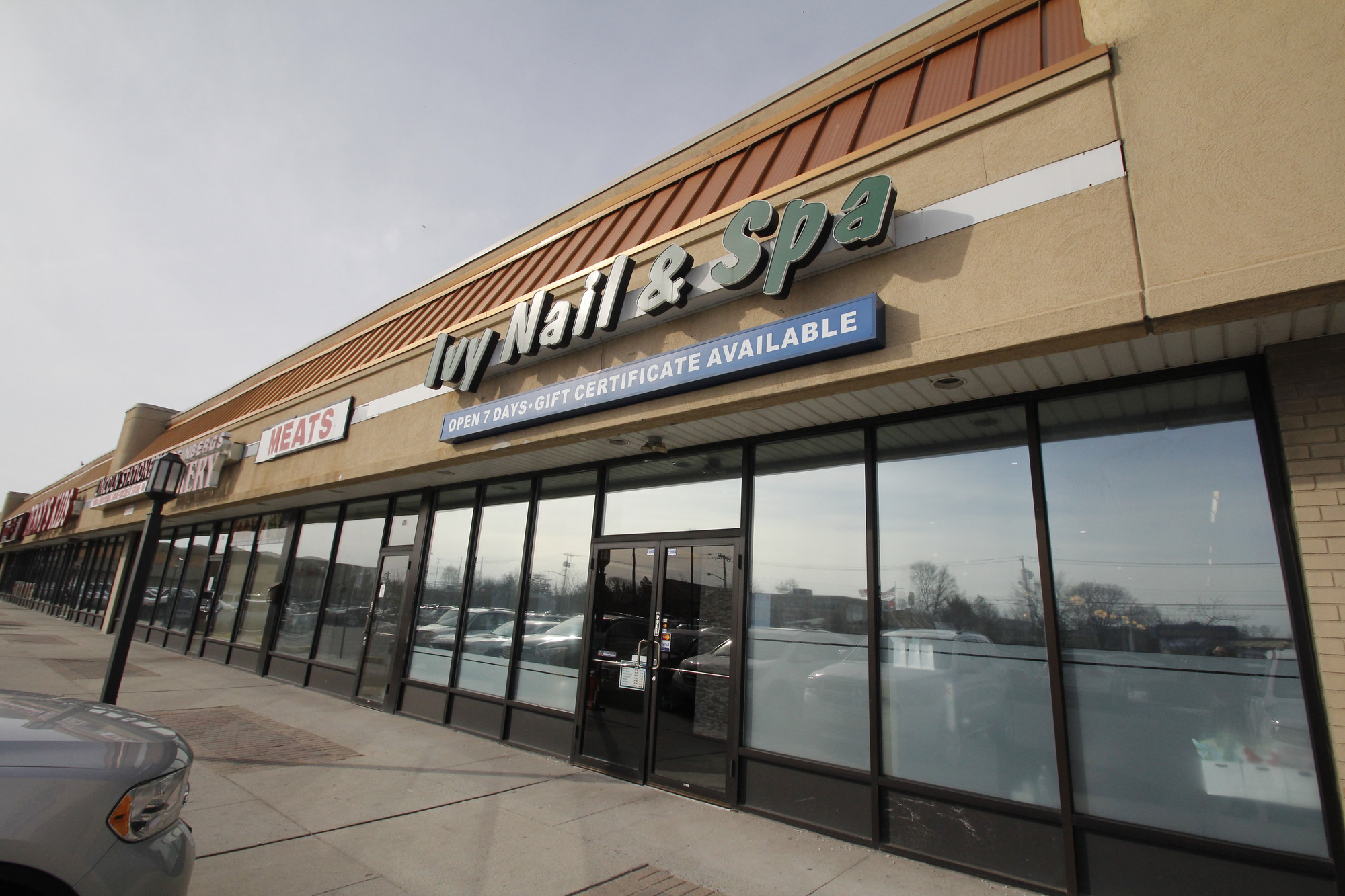Cleanup set for Atlantic Avenue site
The New York State Department of Environmental Conservation has announced a plan to remove contamination of perchloroethylene, or PCE, at the former Smart Set Cleaners, at 16 Atlantic Ave., which is now Ivy Nail Salon and Spa. The plan would cost $3 million.
Right now, PCE levels are 56 parts per billion at the building and 4,100 parts per billion 87 feet underground at Lincoln and Atlantic avenues, according to the DEC. The safe standard is 5 parts per billion.
“Right now the site is being investigated with state funds,” said Melissa Sweet of the DEC. “We would try to recoup those costs from the property owner.” John Swartwout, also from the DEC, explained that the law requires the state to contact all responsible parties — including the property owner — and to try to get one of them to agree to pay for investigating and cleaning the contaminated area. If a responsible party does not agree to pay, the state will use its funds and attempt to recoup the cost later.
From 1956 to 2005, the building, which is part of a strip mall, was the dry-cleaner Smart Set Cleaners. According to Sweet, the business improperly dumped used dry-cleaning solvent into a window well at the back of the building. As a result, PCE contaminated the soil and the groundwater. In 2003, a soil vapor extraction system, which pulls contaminated air out through a vacuum so it can be treated, was installed. That system is still running, and will continue to run in the DEC’s proposed plan.
According to Sweet, the PCE contamination has moved westward through groundwater but has not reached Powell Creek, which is the closest surface water. Public drinking water comes from a different source and is not affected.
Scarlett McLaughlin, of the state Department of Health, said that the contaminated groundwater could evaporate and affect the air, but pavement around the building contained it.
“We didn’t see impacts to the indoor air,” said McLaughlin. “So people weren’t actually breathing these contaminants in, but we did see concentrations that were collecting underneath the [concrete] slabs. And so we saw a potential for future vapor intrusion.”

 43.0°,
A Few Clouds
43.0°,
A Few Clouds 




